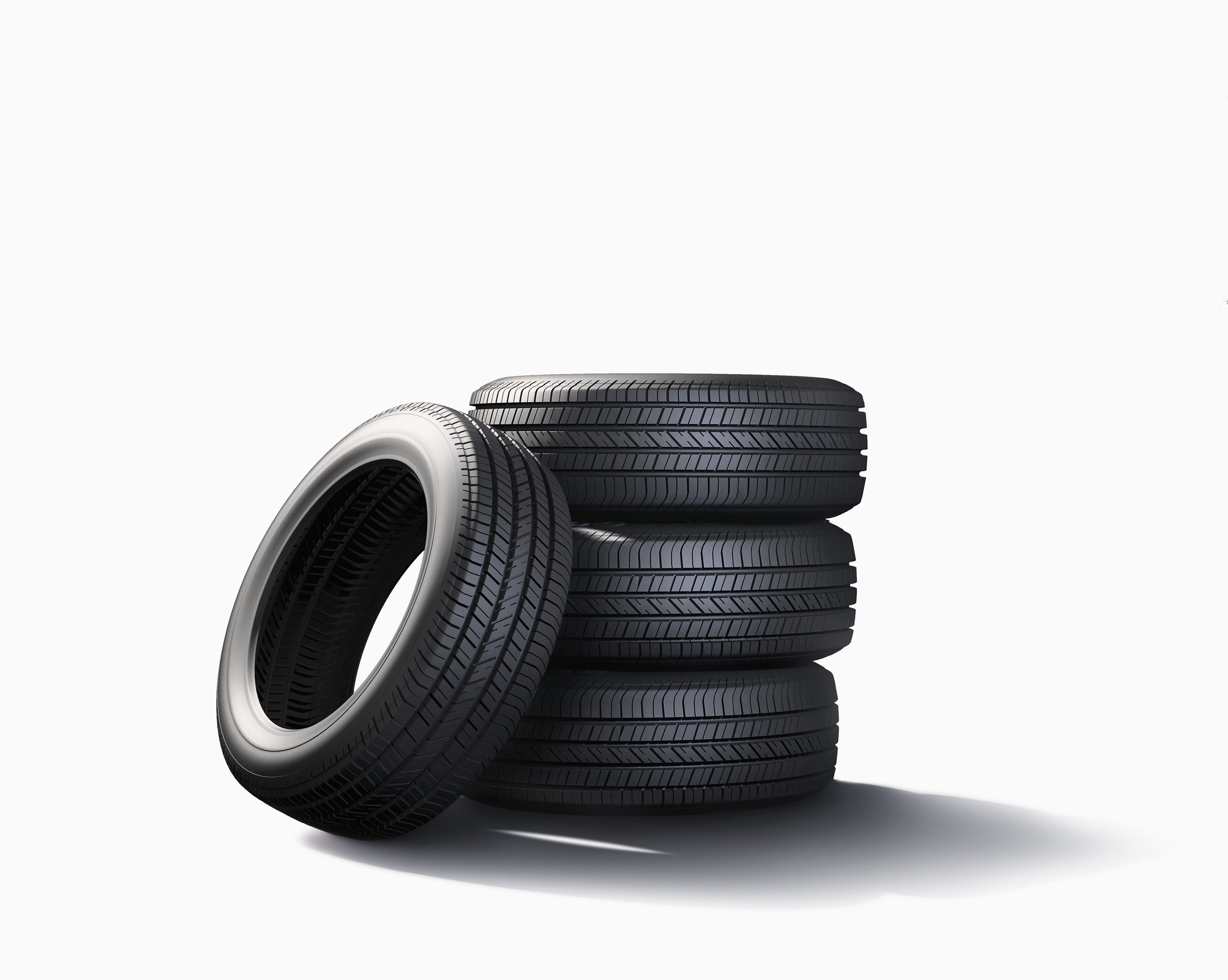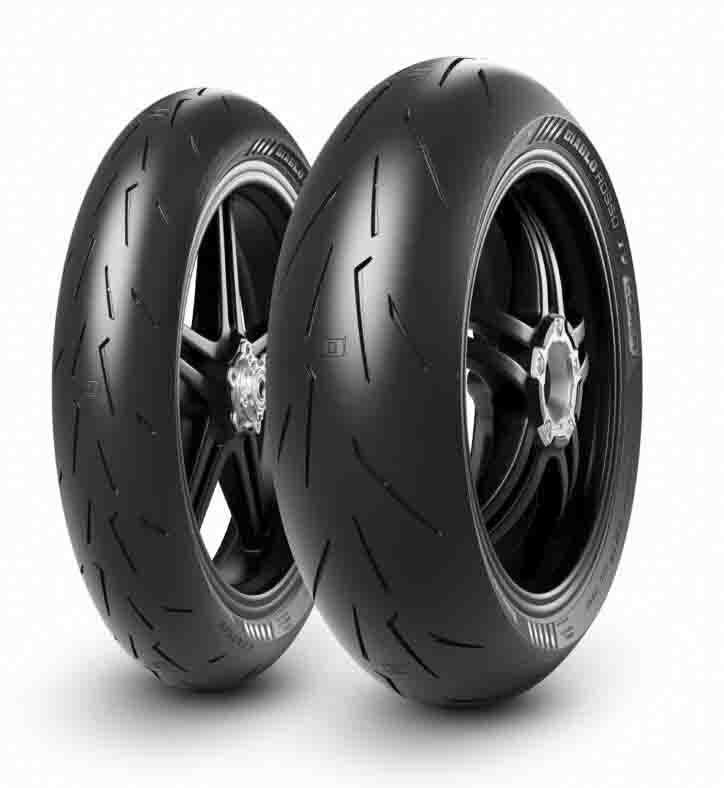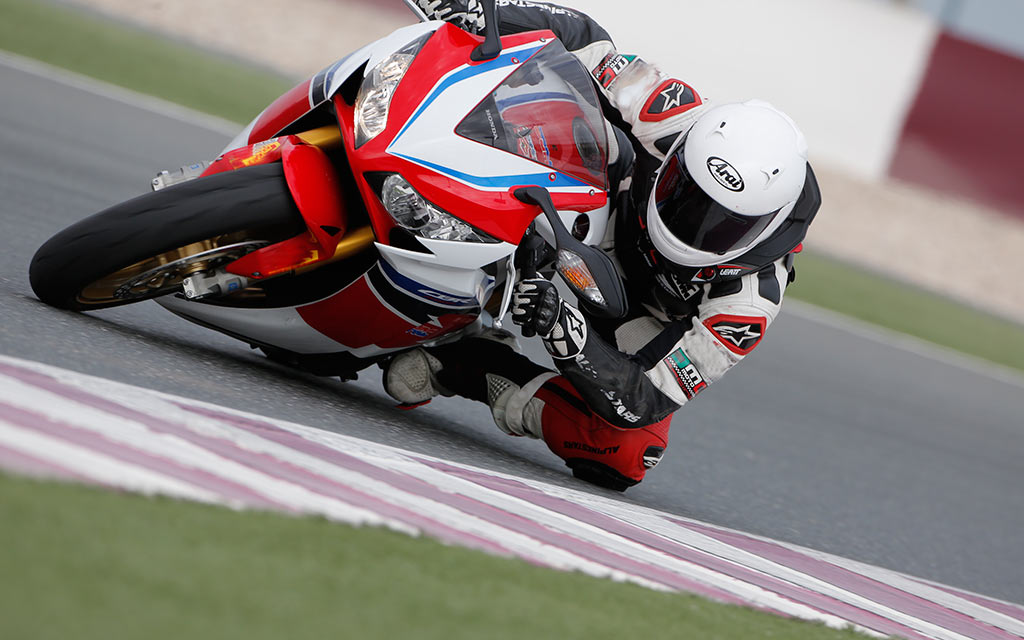All Categories
Featured
Table of Contents
The Michelin used a comfortable driving experience, qualified by responsive steering and a progressive understeer equilibrium. In spite of the cooler testing problems, Michelin's consistent time and hold over 3 laps suggests its suitability for real-world applications.
The tire's very first lap was a second slower than the second, pointing to a temperature-related hold rise. For daily use, the Michelin might be a much safer bet.
Top Discount Tyres
It shared Michelin's secure understeer balance but did not have the latter's desire to turn. Continental and Goodyear's performances were noteworthy, with Continental's brand-new PremiumContact 7 showing a significant enhancement in damp conditions compared to its precursor, the PC6. This design was far less conscious load adjustments and behaved a lot like the Michelin, albeit with somewhat less communication at the restriction.
It incorporated the safe understeer balance of the Michelin and Continental with some stylish handling, showing both predictable and fast. As an all-rounder for this Golf GTI, Goodyear's Asymmetric range was the standout, demonstrating excellent efficiency in the damp. The Bridgestone Potenza Sport took the crown as the fastest tyre, albeit by a tiny margin.
Vehicle drivers looking for an interesting damp drive could discover this tire worth taking into consideration. The standout entertainer in wet braking was the newest tyre on test, the PremiumContact 7, though the results are nuanced.
Long-lasting Tyres Near Me – Bayswater 6053 WA
Ideally, we desired the cool temperature level test to be at around 5-7C, yet logistical delays suggested we tested with a typical air temperature level of 8C and water at 12C. While this was cooler than standard test problems, it was still warmer than real-world problems. The warm temperature test was done at approximately 18C air and 19C water.
The third run included damp stopping examinations on used tires, especially those machined to 2mm with a small encounter. While we planned to do even more with these worn tires, weather condition restrictions restricted our testing. However, it's worth keeping in mind that damp braking is most crucial at the used state, as tires normally boost in dry problems as they wear.

It shared the most significant performance decline, alongside the Yokohama, when used. Bridgestone, Goodyear, and Michelin saw the least efficiency reduction when put on. Bridgestone and Goodyear's efficiency dipped in cooler conditions. The Hankook tire registered the tiniest performance decrease as temperature levels cooled down, however it was amongst the most affected when used.
Affordable Cheap Car Tyres – Bayswater 6053 WA
The take-home message here is that no solitary tyre mastered all elements of damp braking, indicating a complicated interaction of aspects influencing tyre efficiency under different problems. There was a standout tire in aquaplaning, the Continental completed top in both straight and rounded aquaplaning, with the Michelin and Goodyear also excellent in much deeper water.

Yokohama might benefit from a little more grip, a concern potentially influenced by the colder problems. As for handling, all tires performed within a 2% variety on the lap, demonstrating their premium efficiency (Cost-effective car tyres). Thinking about these tires essentially target the same client, it's intriguing to observe the considerable distinctions in feeling.
The surprise is since the PremiumContact 6 was one of my favourites for flashy dry drives, but its follower, the PremiumContact 7, seems extra mature and appears like Michelin's performance. Amongst these, Hankook was the least specific in steering and interaction at the restriction. Tyre shop. Both Michelin and Continental provided charming initial guiding, albeit not the fastest
If I were to recommend a tyre for a quick lap to a beginner, state my father, it would certainly be one of these. We have the 'fun' tyres, particularly Yokohama and Bridgestone. Both were speedy to steer and felt sportier than the others, but the trade-off is a more lively rear end, making them much more difficult to manage.
Best Tyre Maintenance Near Me
It provided comparable guiding to Bridgestone but provided far better comments at the limit and far better hold. The Bridgestone Potenza Sporting activity, however, seemed to break down rather swiftly after simply 3 laps on this demanding circuit. Last but not least, there's Goodyear, which positioned itself somewhere in between the fun tires and those often tending towards understeer.
All in all, these tires are exceptional entertainers. In terms of tire wear, the method utilised in this test is what the market refers to as the 'gold criterion' of wear.
Both the Bridgestone and Yokohama tyres considerably underperformed in comparison to the various other 4 tires in terms of rolling resistance, with Continental somewhat exceeding the rest. Pertaining to the convenience degree of the tyres, as expected, a lot of showed an inverse correlation with handling. The Continental, Michelin, and Goodyear tires performed best across different surface types evaluated.

Bridgestone started to show indications of firmness, while Yokohama was particularly jarring over gaps. We did measure interior sound levels; nevertheless, as is usually the situation, the outcomes were very closely matched, and as a result of weather constraints, we were incapable to perform a subjective evaluation of the tyres noise. We looked at abrasion figures, which measure the amount of tire walk lost per kilometre, normalised to a one-tonne lorry.
Tyres Near Me – Bayswater WA
This number represents the quantity of rubber dirt your tyres create while driving. Michelin led in this group, generating over 9% much less rubber particle matter.
Latest Posts
Trusted Tyre Installation Near Me
Tyre Offers Near Me ( Wanneroo 6065 WA)
Affordable All-season Tyres – Wangara